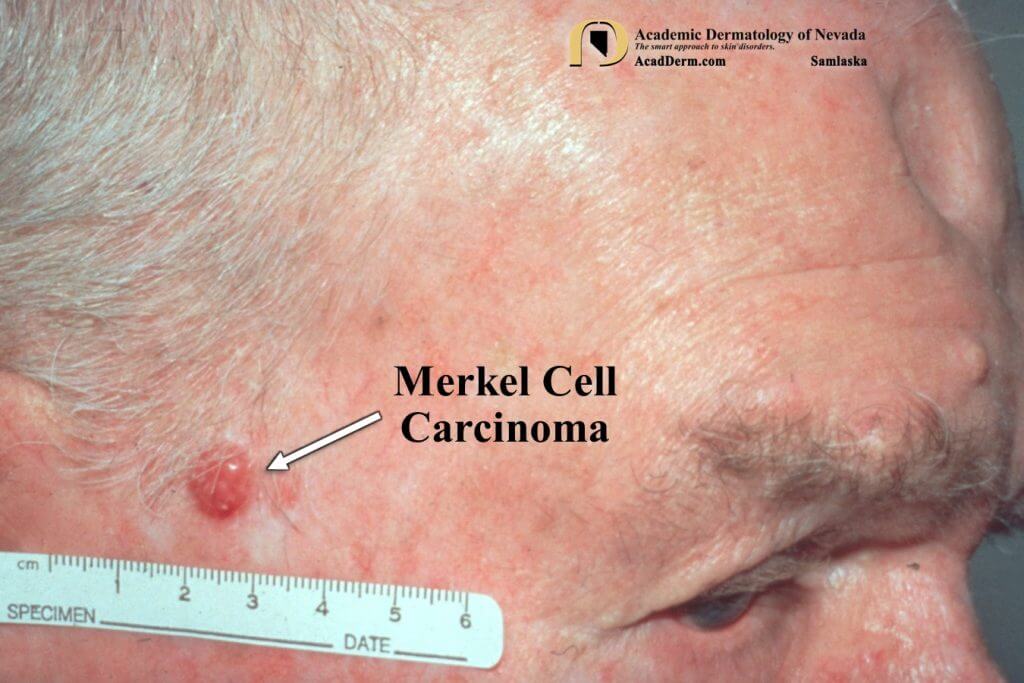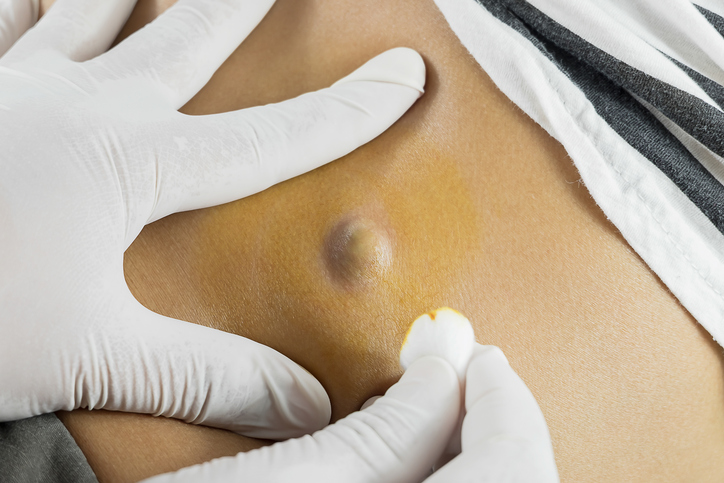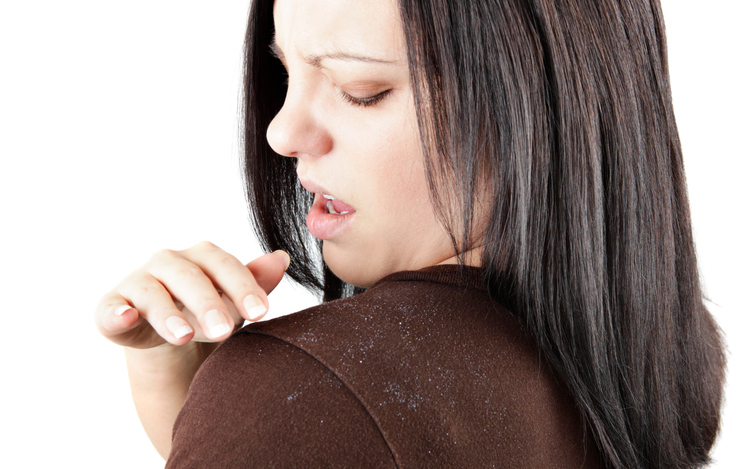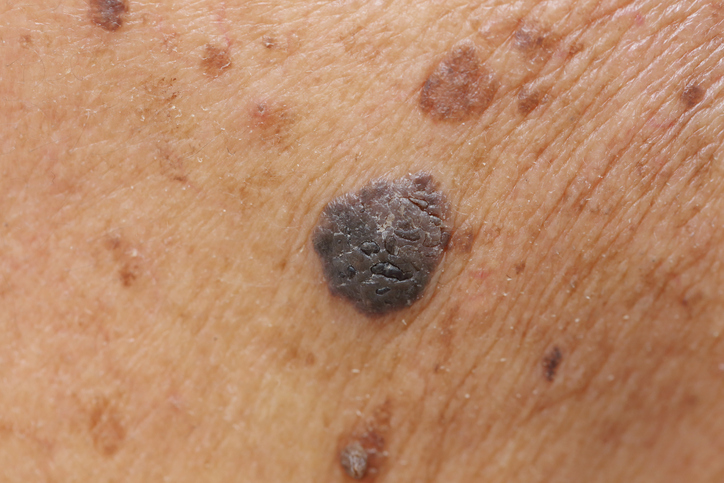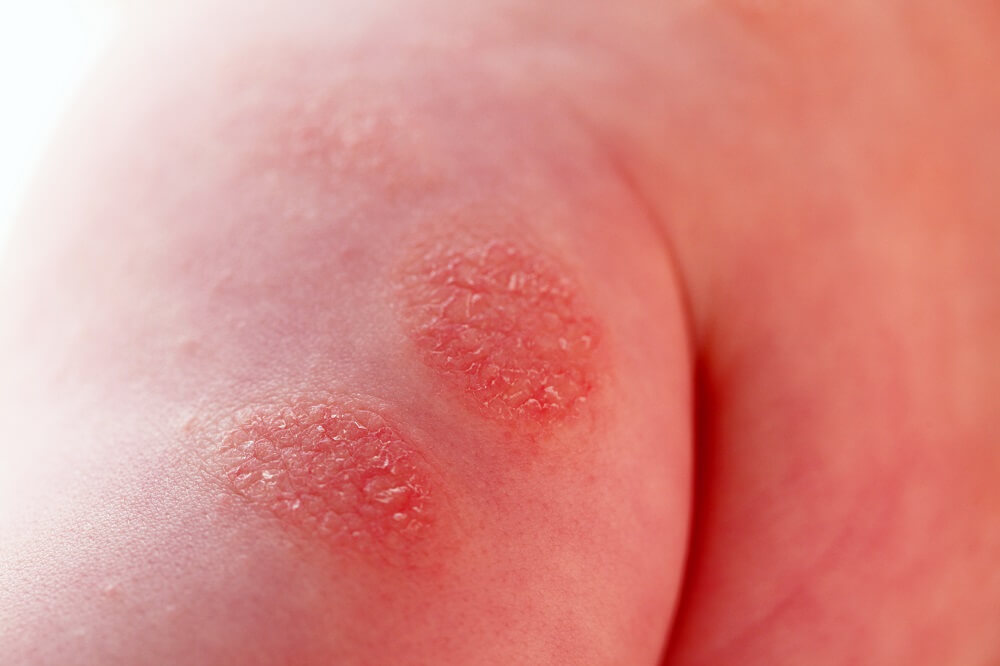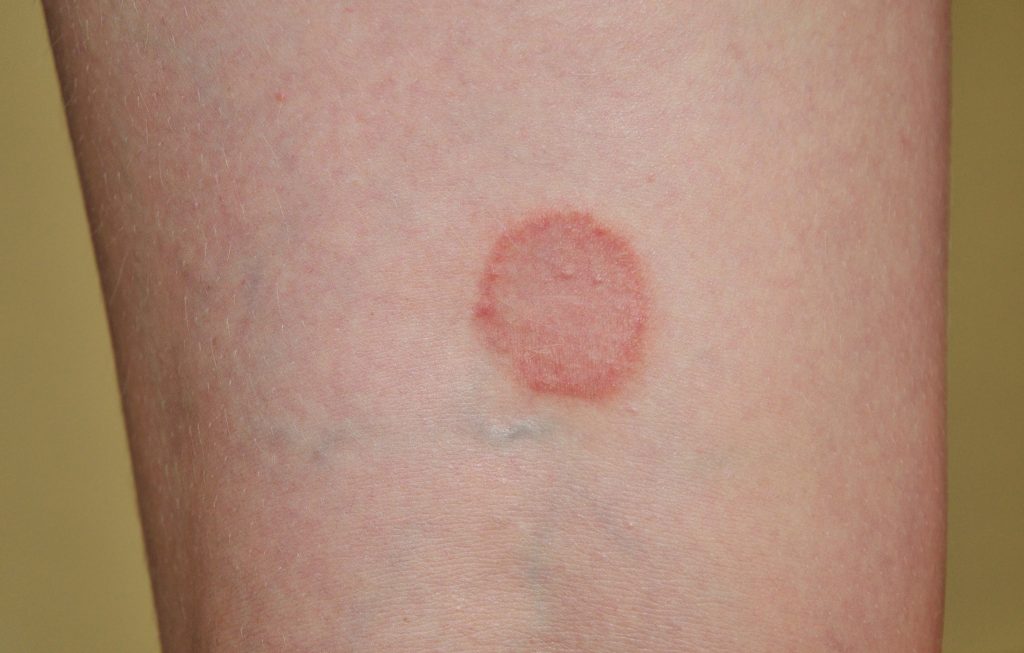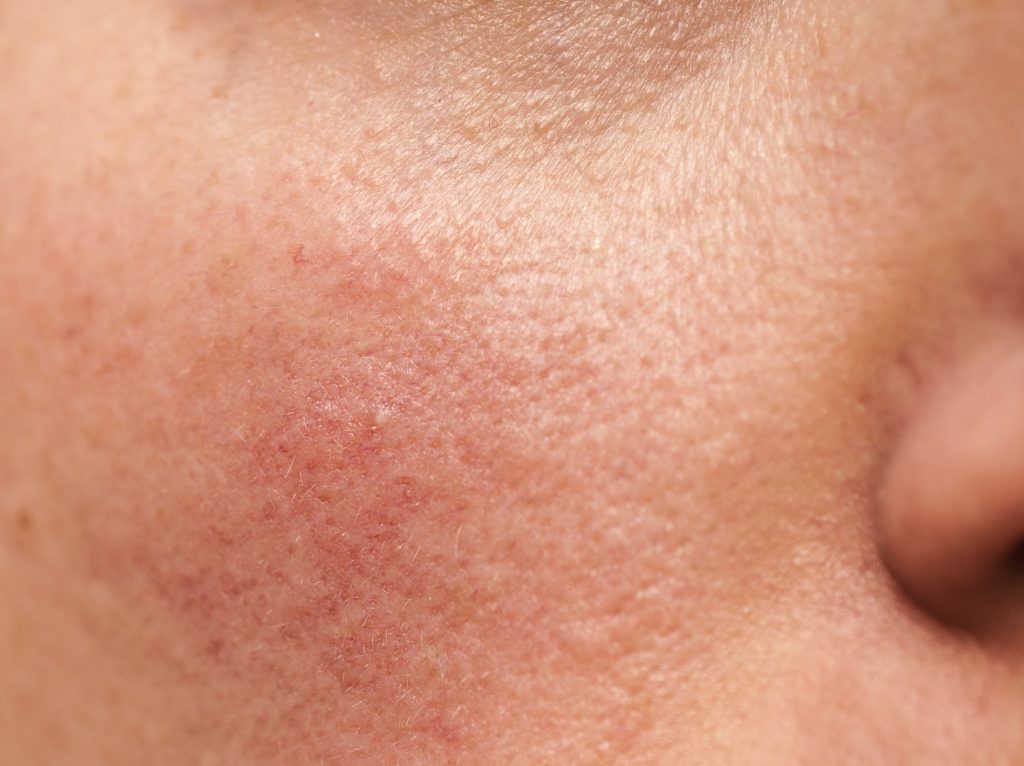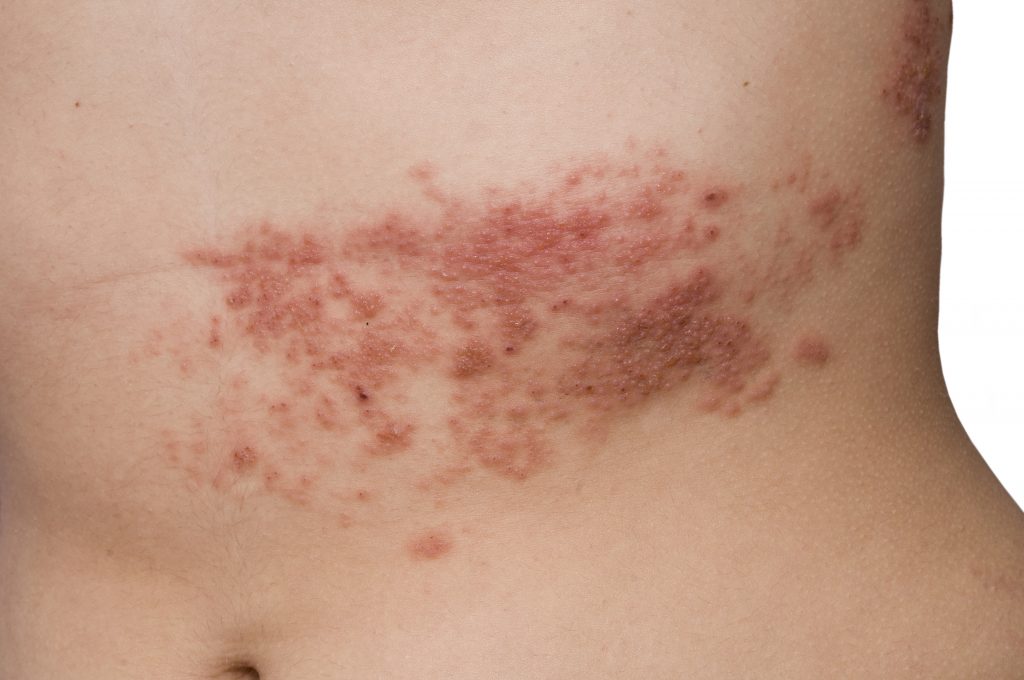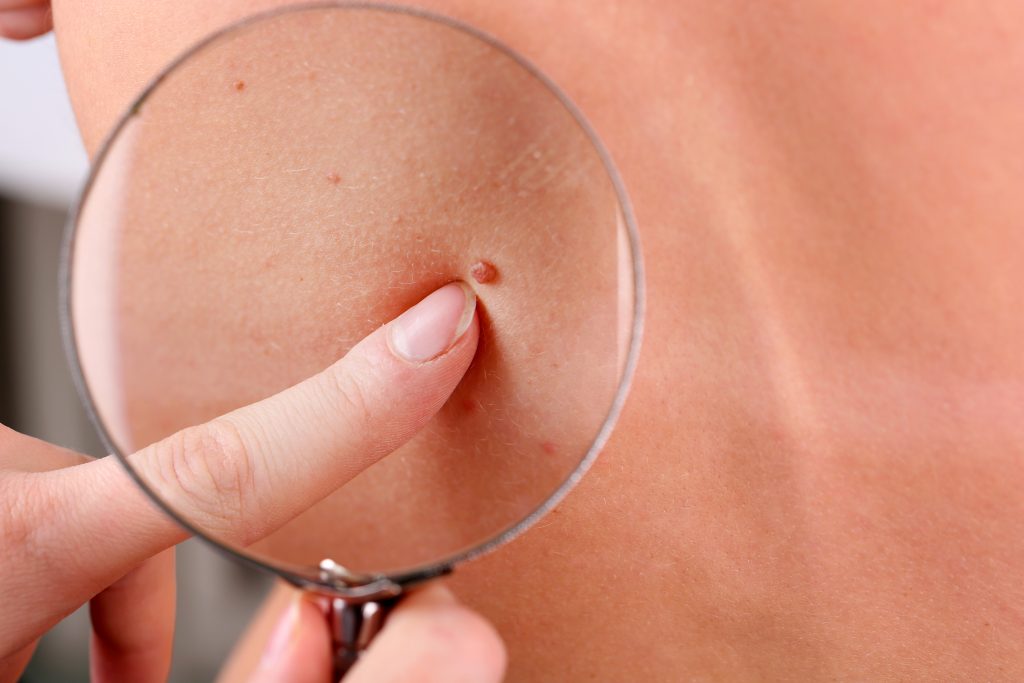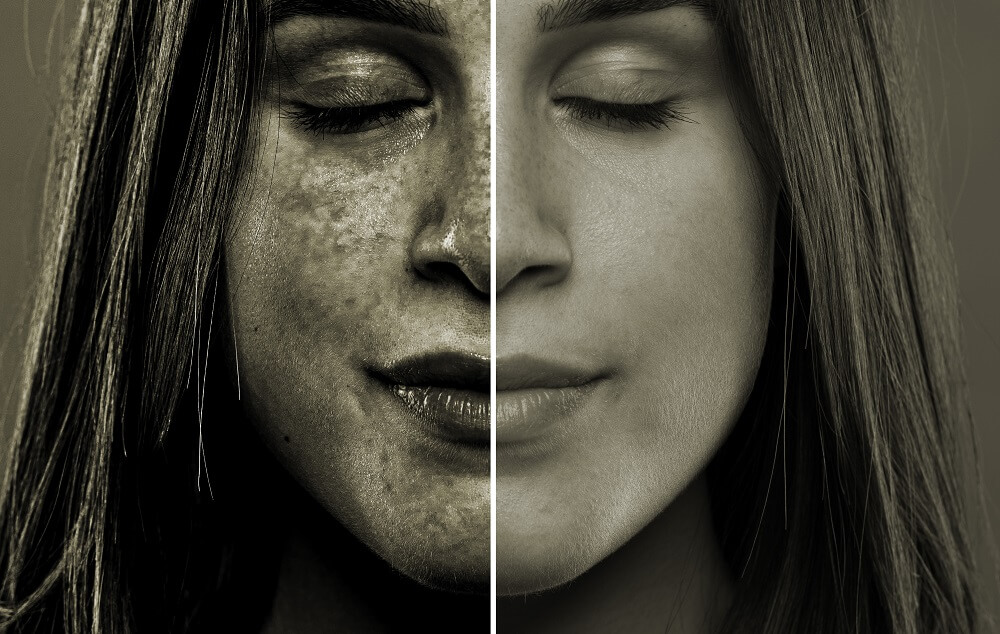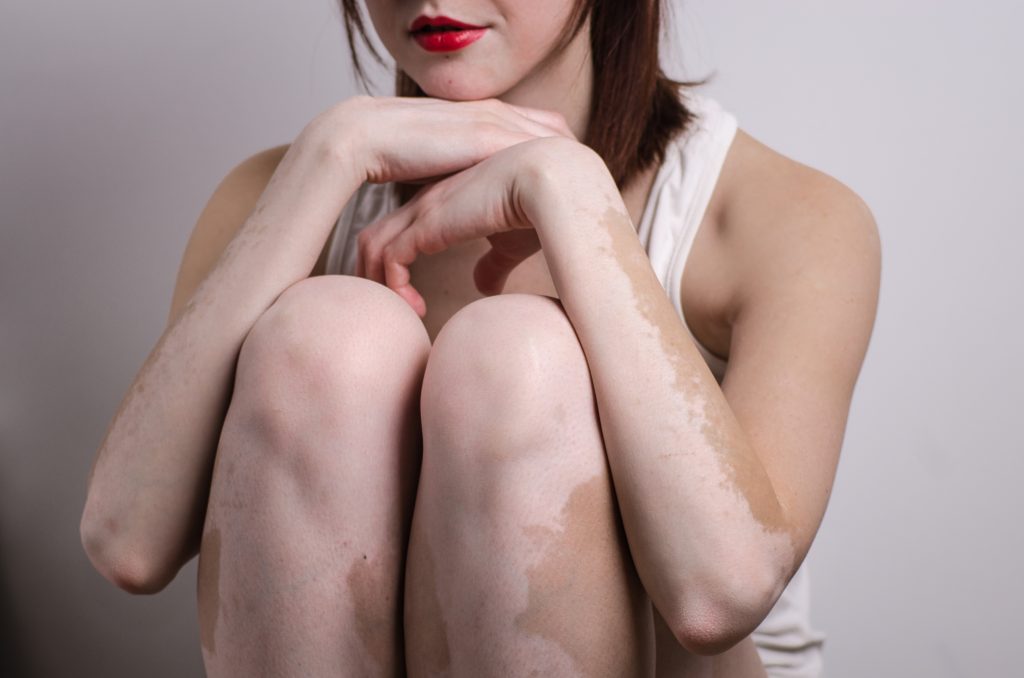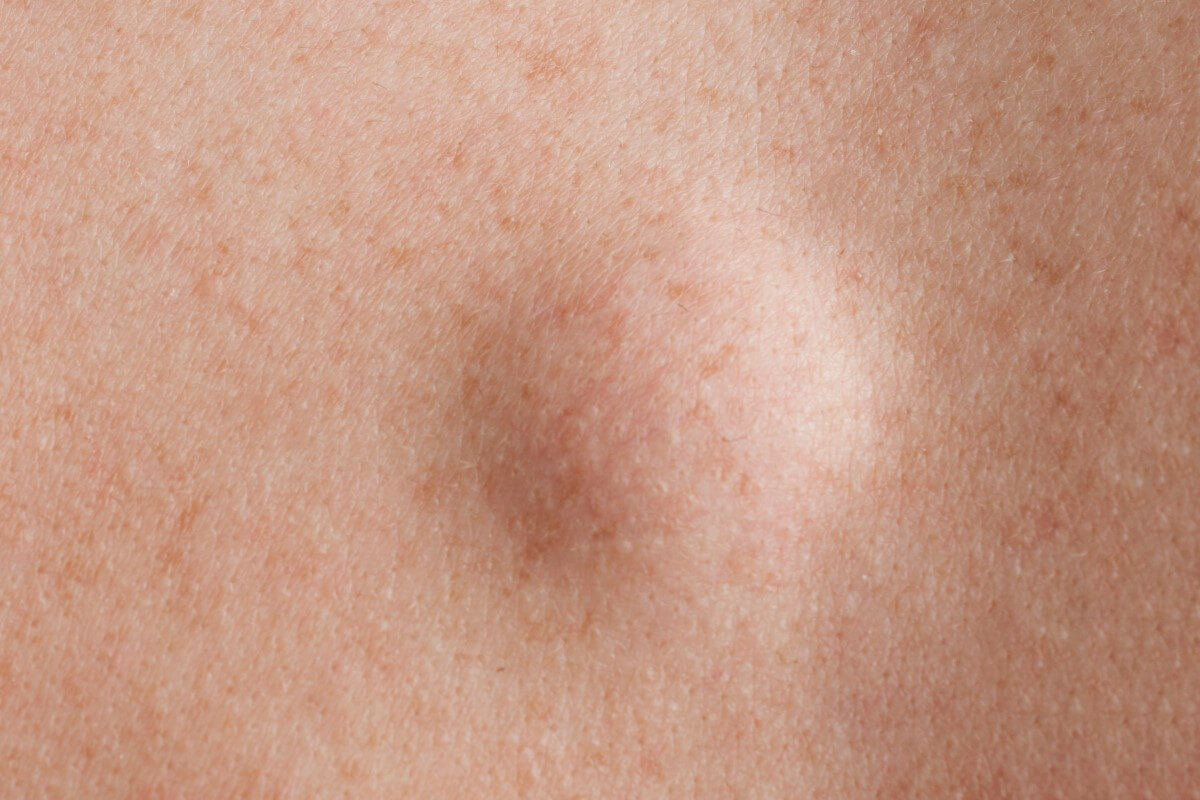Elizabeth Wilson is a graduate of Whitehouse High School and a summa cum laude graduate from Texas A&M University, with a Bachelor of Science in Biomedical Science. She received her Master of Physician Assistant Studies from The University of Texas Medical Branch in Galveston, graduating summa cum laude as a member of Phi Kappa Phi National Honor Society. Her interest in dermatology was solidified during her rotation with the UTMB dermatology department.
After practicing family medicine in Fort Worth, she was able to return to East Texas and pursue her passion for dermatology.
She enjoys spending time with her husband Thomas and their daughters, Ava and Emma, along with other family members living in East Texas. In her free time she enjoys running, traveling, and being outdoors.
Elizabeth Wilson finds the visual aspect of dermatology intriguing and rewarding. She also appreciates the opportunity to treat patients of all ages, providing skin care for their entire lifetime and helping them discover a richer, more rewarding lifestyle.
Specialties and Affiliations
Phi Kappa Phi National Honor Society
Honors and Awards
- National Society of Collegiate Scholars, Texas A&M University, 2002
- Golden Key International Honor Society, Texas A&M University, 2003
- Phi Kappa Phi National Honor Society, Texas A&M University, 2003
- Phi Kappa Phi National Honor Society, UTMB, 2006
- Dean’s List, UTMB, 2005-2008
- Who’s Who Among Students in American Universities and Colleges, UTMB, 2008
- William J. and Mary K. McGanity Award for clinical excellence among Physician Assistant Studies students, UTMB, 2008
- Suma Cum Laude graduate, Texas A&M
- University and UTMB PA School





